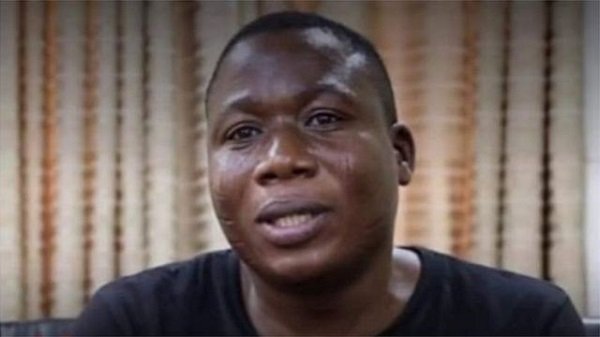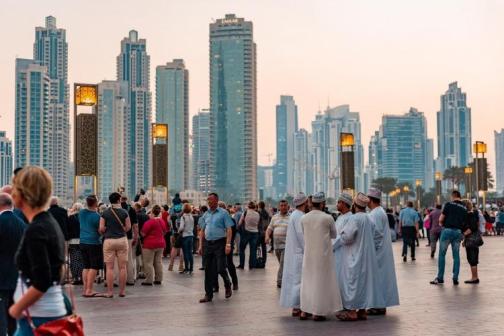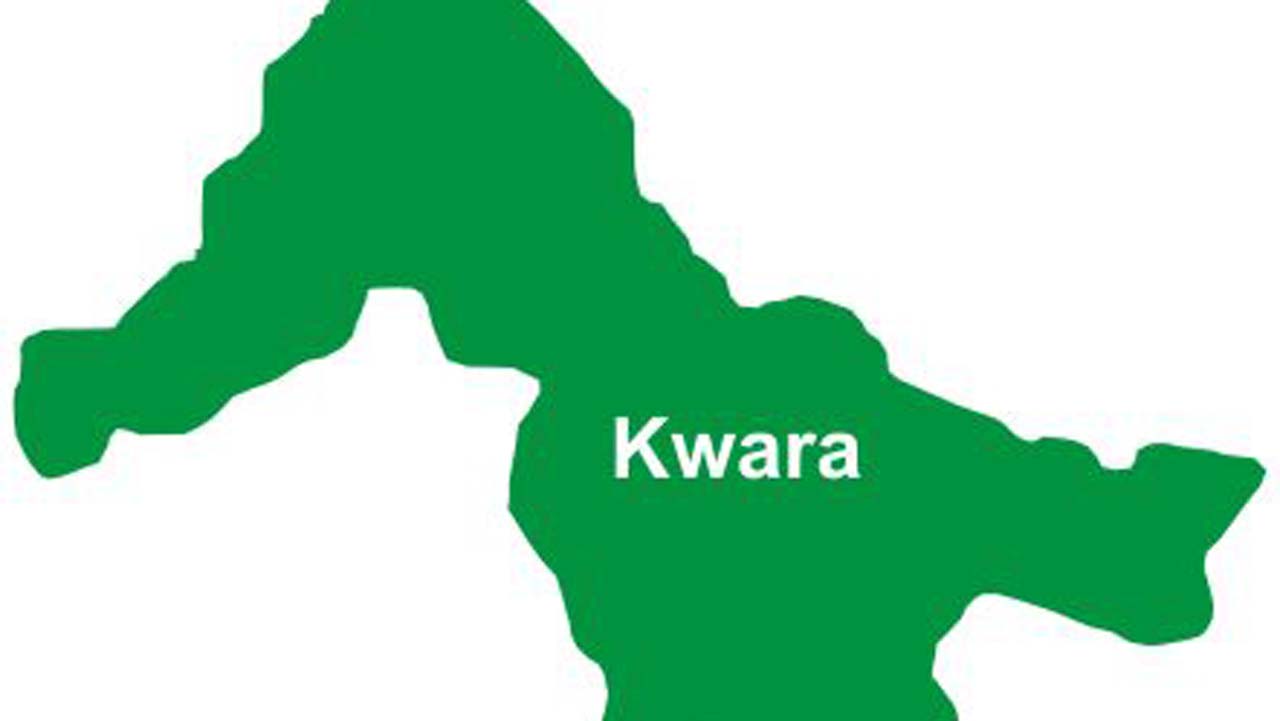The United Arab Emirates is creating its own rain using drones that fly into clouds and unleash electrical charges to beat the sweltering 50 degrees Celsius heat, the Daily Mail of UK has reported. The rain is formed using drone technology that gives clouds an electric shock to ‘cajole them’ into clumping together and producing precipitation. The UAE is one of the most arid countries on Earth, and it hopes the technique could help to increase its meagre annual rainfall. And it is working. Video footage released by the UAE’s National Center of Meteorology shows monsoon-like downpours across the country which create a sheet of rain on the highways. Waterfalls are also seen on the side of roads as drivers in SUVs struggle to navigate the torrential rain – despite the country being in the middle of a summer heatwave where temperatures have soared above 122F (50C). The Center said the precipitation has been enhanced by a technique known as cloud seeding, and its purpose is to increase condensation in the hope that it might trigger a downpour. The UAE’s cloud seeding operations are part of an ongoing $15 million (£10.8m) mission to generate rain in the country, which ranks among the world’s top 10 driest countries with an average rainfall of just three inches (78 millimetres) – 15 times less than what falls in an average year in the UK. The rain is being created using drone technology in research led by experts at the University of Reading in the UK. The rain is being created using drone technology in research led by experts at the University of Reading in the UK Professor Maarten Ambaum, who worked on the special project, told the BBC earlier this year that the UAE has enough clouds to create conditions which allow for rainfall. The technology uses a drone to release electrical charges into the clouds, which helps the water droplets to merge and stick together to form precipitation, ‘like dry hair to a comb’. ‘When the drops merge and are big enough, they will fall as rain,’ Professor Ambaum said. Alya Al-Mazroui, director of the UAE’s rain-enhancement science-research program, told Arab News in March: ‘Equipped with a payload of electric-charge emission instruments and customised sensors, these drones will fly at low altitudes and deliver an electric charge to air molecules, which should encourage precipitation.’ In 2017, the UAE government provided $15m for nine different rain-enhancement projects. Among them is another cloud-seeding technology which launches salt missiles into clouds from planes. The country’s Abu Dhabi-based forecasters monitor weather radars to tell pilots flying official government aircraft when to take off on rain-inducing missions. ‘As soon as they see some convective cloud formations, they launch us on a flight to investigate,’ said Mark Newman, deputy chief pilot at NCMS. Speaking from the airbase that houses the four Beechcraft King Air C90 aircraft that are used for the country’s cloud seeding programme, Mr Newman said the team would then attempt ‘to seed the cloud’ if the conditions were right. Mr Newman said summer is usually the busiest season for the missions. At that time clouds form over the eastern Al-Hajar mountains which deflect the warm wind blowing from the Gulf of Oman. The strength of the updraft determines the number of ‘salt flares’ fired as the plane explores the base of the forming cloud. ‘If we’ve got a mild updraft, we usually burn one or two flares. If we’ve got a good updraft, we burn four, sometimes six flares into the cloud,’ he said. Not every cloud they seed produces rainfall, but they often do, according to Mr Newman. ‘It is fantastic… As soon as there is rain, there is a lot of excitement. We can hear the guys in the office are happy,’ he said. Whether cloud seeding is effective at increasing rainfall, however, is still under investigation. Many scientists doubt whether it has a noticable impact on rainfall levels. US ski resorts in Colorado, however, reportedly use the method to induce heavier snowfall. It was also used ahead of the 2008 Beijing Olympics opening ceremony to create a downpour elsewhere and keep the stadium dry. This involved firing rockets packed with silver iodide crystals into rain clouds over the suburbs of Beijing. (Daily Mail)














